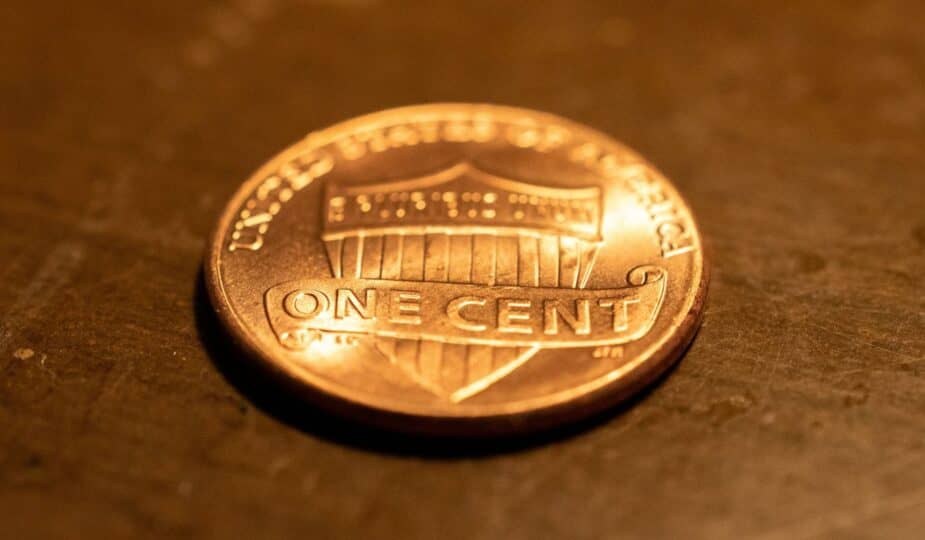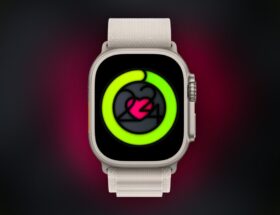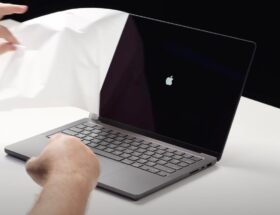
The $250 (yes, there's no missing “M” at the end of that number) that Apple received in its patent infringement case against Masimo may seem funny — as John Gruber wryly noted, it's just enough to buy one Apple Watch SE.
What's even funnier is that neither Apple nor Masimo could admit what the case really was for their respective parties …
What, was allegedly the gist of the patent infringement case.
Apple alleged that health technology company Masimo infringed its design patents by copying the look of the Apple Watch and charger.
Apple won the case, though it was awarded only a nominal $250 in damages, the least the court could award. In other words, yes, Masimo infringed Apple's patents, but the Cupertino company was not financially harmed.
Most people haven't even heard of the Masimo watch, it didn't compete in the consumer electronics space, and you'd need a microscope to see Masimo's sales numbers for the device.
What It Was Really About
But as patent expert Florian Mueller points out, that wasn't the case. It was actually about an O2 sensor patent infringement case that Masimo had filed against Apple.
In theory, it's a completely unrelated case. In practice, not so much. If you want a quick overview, here's one I prepared earlier:
As early as 2013, Apple reportedly contacted Masimo to discuss a potential collaboration between the two companies. Instead, Masimo claims, Apple used the meetings to identify employees it wanted to poach. Masimo later called the meetings “a targeted attempt to gain information and expertise.”
Apple did hire a number of Masimo employees, including the company’s chief medical officer, before the launch of the Apple Watch.
Masimo CEO Joe Kiani later expressed concern that Apple may have been trying to steal the company’s blood oxygen sensor technology. The company calls itself “the inventors of the modern pulse oximeter,” and its technology is used in many hospitals.
The complaint to the International Trade Commission resulted in a compromise that ordered Apple to remove the feature from new watches sold in the U.S. beginning January 18 of this year. It did not require the feature to be disabled on watches already sold, but it could not be enabled on new ones.
As a result of the lawsuit, five of Masimo's claims were dismissed, and jurors were unable to reach an agreement on the others. This will lead to a new trial, the date of which has not yet been set.
Masimo was granted an injunction against the O2 sensor in Apple's watch because it makes its own smartwatch with the feature. Mueller notes that this fact was important for the injunction.
So Apple hoped to use its case to block sales of Masimo smartwatches.
In short, if Masimo couldn't continue selling its own smartwatch, it would lose the legal basis it needed to stop Apple from selling smartwatches.
Apple couldn't admit its real motivation
But the iPhone maker couldn't admit that that was its goal.
If Apple had claimed that the only reason it wanted an injunction was to end Masimo's domestic industry, that would simply be outside the scope of patent injunctions under [the key case]. The purpose of a patent injunction is not to get rid of another patent injunction (or, in this case, a ban on imports into the U.S., which is a ban by any other name).
Masimo couldn't admit its motivation either
Masimo isn't actually interested in selling smartwatches, it just wants to be able to show that it's using its patents in that area. It probably doesn't sell much of any of it, but it can't admit it.
If Masimo's lawyers had argued that the company's sales were insignificant, so Apple wasn't entitled to an import ban, Apple would have used those claims against Masimo in its appeal of the Apple Watch ban. Apple's most important argument in the appeal concerns Masimo's alleged failure to comply with domestic industry requirements.
Apple won in theory but lost in practice
The court found that Masimo's older watch designs did infringe Apple's design patents, but not its current ones. This means that Masimo can continue to sell the current model and thus retains the legal basis for its ban on the Apple Watch.
Both the ITC and the lawsuits against Apple could still go either way, so what happened here is not final, but it does mean that while Masimo lost this lawsuit, it actually came out ahead in terms of what each company was really trying to achieve.
Photo by Elijah Mears on Unsplash










